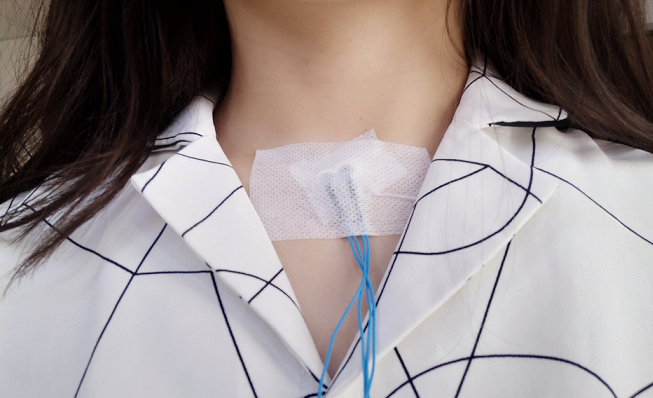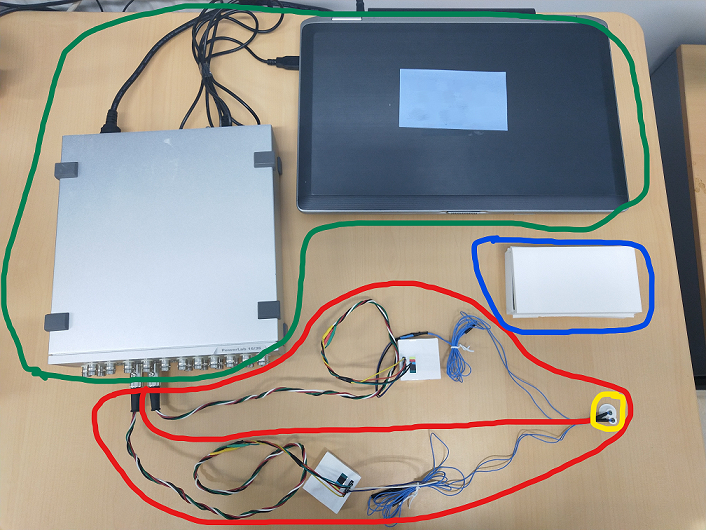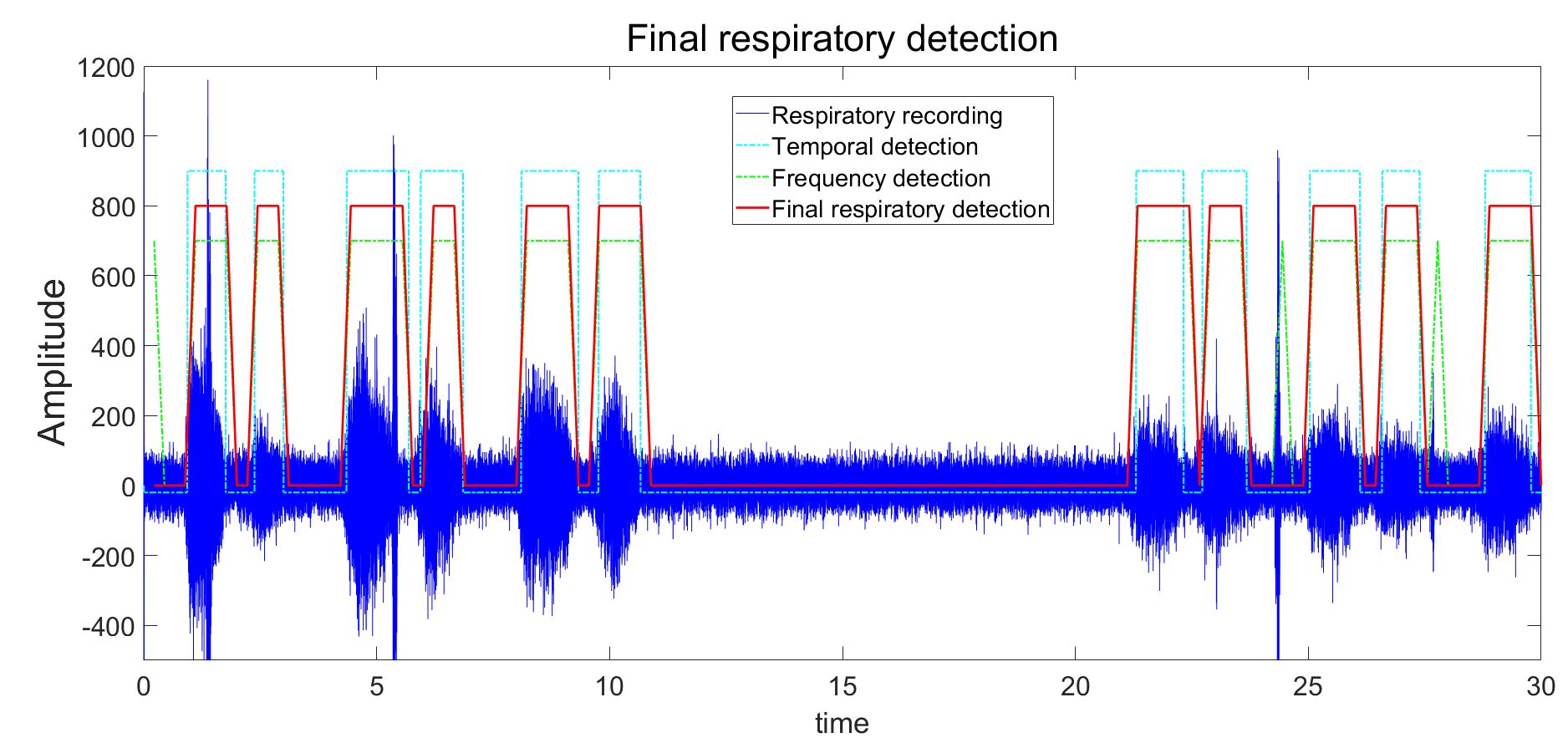Section: New Results
Respiratory detection and monitoring
Participants : Xinyue Lu, Christine Azevedo, David Guiraud, Serge Renaux [Neuroresp] , Thomas Similowski [Groupe Hospitalier Pitié-Salpêtrière] .
This work is conducted within a CIFRE phd thesis. The general subject is the respiration induced by implanted stimulation for the tetraplegic and syndrome of Ondine. In France, every year, there is approximately 90 new spinal cord injuries who have a ventilatory dependence due to a high cervical involvement. The prevalence of syndrome of Ondine (central sleep apnea) would be 25.5 per million inhabitants. Because of many disadvantages of mechanical ventilation, the technique of implanted electrical stimulation to restore the respiratory function of the patients can be proposed. But existing systems are based on open-loop controllers, ie the phrenic nerve is stimulated with the same intensity, at the same frequency for the whole time, even when the patients can breathe spontaneously. The principle aim of the work is to develop a respiratory detection/monitoring module in this context.
A solution based on tracheal sounds analysis has been developed. Tracheal sounds are recorded by microphone which is inserted into a support and stuck on the neck of subject like showed in Figure 9.i. All the materials are showed in Figure 9.ii: microphones (yellow), analog ampli-filtering card (red), the acquisition machine POWERLAB (green), the numeric development card NUCLEO (blue).
The signal is processed in its envelop (temporal domain) and frequency power (frequency domain). A threshold detection applied to detect respiration. An example of detection result is illustrated in Figure 10. Heart beating sounds can also be extracted to calculate cardiac rhythm.
Preliminary recordings on healthy individuals have been performed. Recordings on patients are in planning. Publications for conferences and journals are in preparation. The variation of cardiac amplitude will also be analyzed to give a secondary breathing detection. Advance signal processing techniques are now under study.





